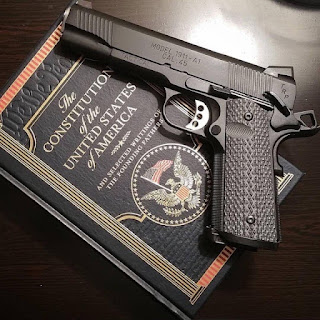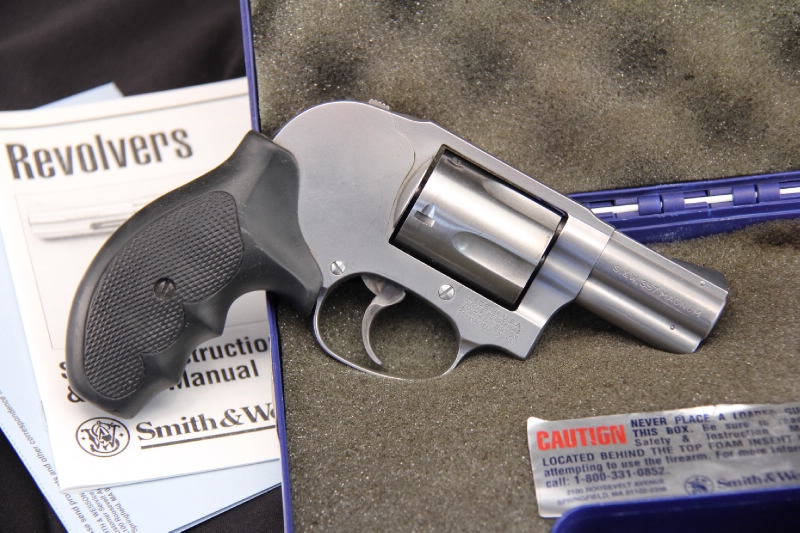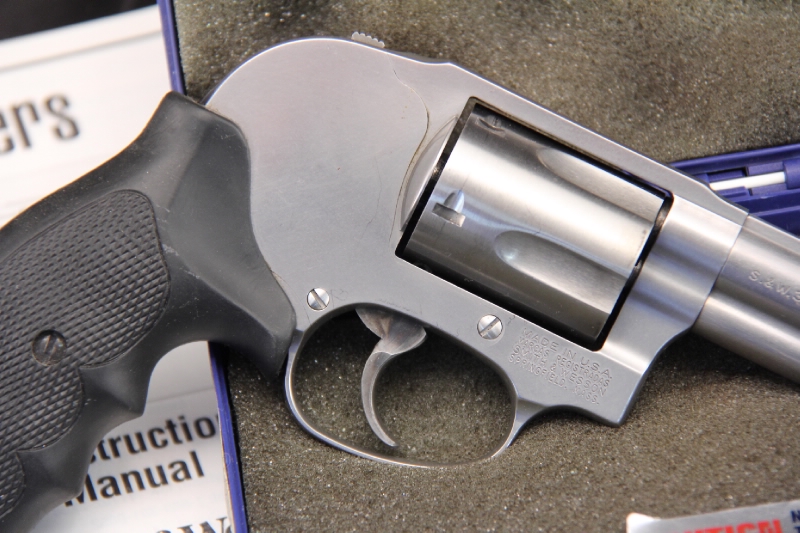Month: November 2021

Is there anything more soothing than a campfire surrounded by a relaxing group of hunters vigorously discussing the pros and cons of one hunting cartridge over another? How many times have we entertained each other with heroic stories of hunts past, when “that old magnum” or something similar saved the day with an unbelievable takedown on a monster buck?
Well stoke up the fire folks and draw near. We’re about to analyze two of history’s greatest contenders.
The .300 Winchester Magnum has reigned supreme for nearly 60 years and is one of America’s most prolific cartridges. It is used by hunters, target shooters, law enforcement, and military snipers. The difference is significant between the .300 Win Mag and our other contender, the 7mm Remington Magnum. Many would be surprised to learn that even though both cartridges share ancestry from the Holland & Holland Magnum family, the 7mm Rem Mag is actually older than the .300 Win Mag. It was born from one of my favorite cartridges, the .264 Winchester Magnum, which was adapted to accept the .7mm bullet.
Colloquially known by many as the “seven em em,” it has a near-religious following among hunters. But it hasn’t enjoyed anywhere near the popularity of the .300 Win Mag. Perhaps the more common and seemingly more American .30 caliber gave the Win Mag a leg up.
RIFLE PLATFORMS

Both cartridges share a common ancestry and have identical case heads. They use the standard magnum bolt face (.532), which means that either of them can be chambered in magnum actions. The .300 Win Mag was released in the Winchester Model 70, while the 7mm Rem Mag was made for the Remington 700. These are two of the most common and widely used rifles in American. Almost every popular firearms manufacturer in the U.S. and some others offer rifles chambered in these two cartridges.
When selecting a rifle for either of these two cartridges, I would select one that has an aggressive twist rate. The way bullets are advancing technologically could bring additional heavy bullets to market, and you don’t want to be stuck with some 11- or 12-inch twist rate. For .300 magnums, I like a 9- or 10-inch twist. It’s fast enough for the heavier bullets I like to shoot. But it’s not so fast that I can’t run them hard. In the 7mm magnums, I like a twist of 7.5 to 8.5 inches for the same reasons.
AMMUNITION SELECTION

If you purchase ammunition, the popularity of the .300 Win Mag may be appealing. There are literally hundreds of different manufactures for this ammo. There are as many loads as you can think of, whether it is for hunting, match shooting, plinking, or anything else. Bullet weights range from very light 125-150 grains, all the way up to super heavy 220-240 grain. Since .30 caliber cartridges enjoy great popularity, there is a larger assortment of bullets to choose from as well.
The 7mm genre, while still quite popular, does not have quite as broad a selection. But there are more than adequate options comparable to the .300. Bullets range from 120 grains all the way up to around 197 grains. The lighter 7mm bullets are usually fired a little faster, so while the .300 Win Mag may shoot a 180-grain bullet at 2,900 fps, the 7mm Rem Mag might shoot a 160-grain bullet at 3,000 fps or more. So the energy delivered to the target is somewhat comparable.
If you twisted my arm, I’d say my first-choice factory ammunition for the .300 Win Mag would be the Hornady 195 ELD Match and HSM 180 Berger VLD ammunition for the 7mm.
BULLETS

There is something to be said about the near-mystical performance of the slenderer 7mm bullet. In weight for weight comparison, 7mm bullets have a slenderer profile than .30 caliber bullets, which typically gives them a superior ballistic performance. This may be the source of the devout following it enjoys with a near-magical ability to carry energy downrange bucking wind all along the way.
The shape and angles of a bullet, combined with its weight, are what give a bullet its ballistic characteristics. The guys in lab coats have come up with a numerical grading system and called it a ballistic coefficient. The higher the number, the better it performs against wind deflection, loss of speed, and drop.
The 7mm bullet has a higher BC compared to an equally weighted .30 caliber bullet. With the recent release of a hoard of incredibly efficient bullets, it’s not difficult to load a 7mm Rem Mag into a better than typical .300 Win Mag load. But to be fair, the .300 also has some wickedly efficient bullets that will certainly overtake the 7mm Rem Mag. This, of course, comes at a cost of higher recoil.
High BCs and magnum velocities are the spice of life. But for hunting big game like deer and elk, my preference would be the 7mm Rem Mag – less powder, less recoil, and a killer flat performance with comparable energy. Bullet weights for either .30 caliber or 7mm are well within the standard range for big game. My choice as far as bullets go would be Hornady 195 BTHP for .300 Win Mag and Sierra 183 Match King or Hornady 162 ELD for the 7mm Rem Mag.
TERMINAL PERFORMANCE

The same qualities that make these two cartridges excellent in shooting, also make them very good at killing game. Let’s look at two of my favorites: the 195 ELDM .300 Win Mag (2,930 fps) and 162 ELDM 7mm Rem Mag (3,050 fps). At 200 yards, the .300 Win Mag drops 3 inches and velocity slows down to 2,609 fps, but it still carries 2,947 pounds of energy. At the same distance, the 7mm Rem Mag drops 2.6 inches and velocity slows to 2,766 fps, and it still has 2,752 pounds of energy. Both of these sets of numbers will take down nearly any big game animal in North America.
At 500 yards, the .300 Win Mag drops 45.6 inches and the velocity is 2,165 fps, leaving 2,029 pounds of energy. The 7mm Rem Mag drops 39.8 inches with a velocity of 2,366, leaving 2,014 pounds of energy. Did you see what happened there? The 7mm Rem Mag drops almost six inches less and is 200 fps faster, with only 10 pounds less energy. If we go out a little further, it actually reverses, and the 7mm Rem Mag is ahead in drop, velocity, and energy.
You could switch things up and turn the tables another way. The reason I mentioned these numbers is that they are directly related to killing animals like elk and deer. While both of these cartridges will do the job, you can see why I might favor the 7mm. That’s not to say the .300 Win Mag won’t do the same things, just with higher recoil and more powder.
A S&W model 649 in 357 Magnum.


Japanese Type 92 HMG
Lee Enfield Fact or Fiction?
German Pistols of World War 1

